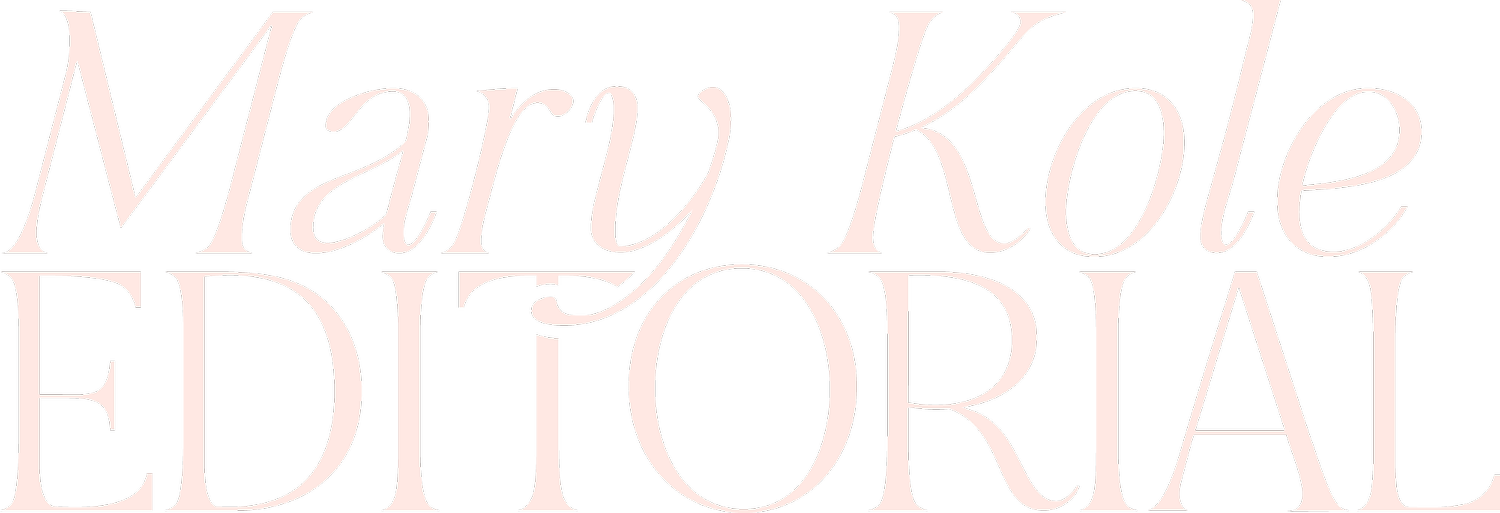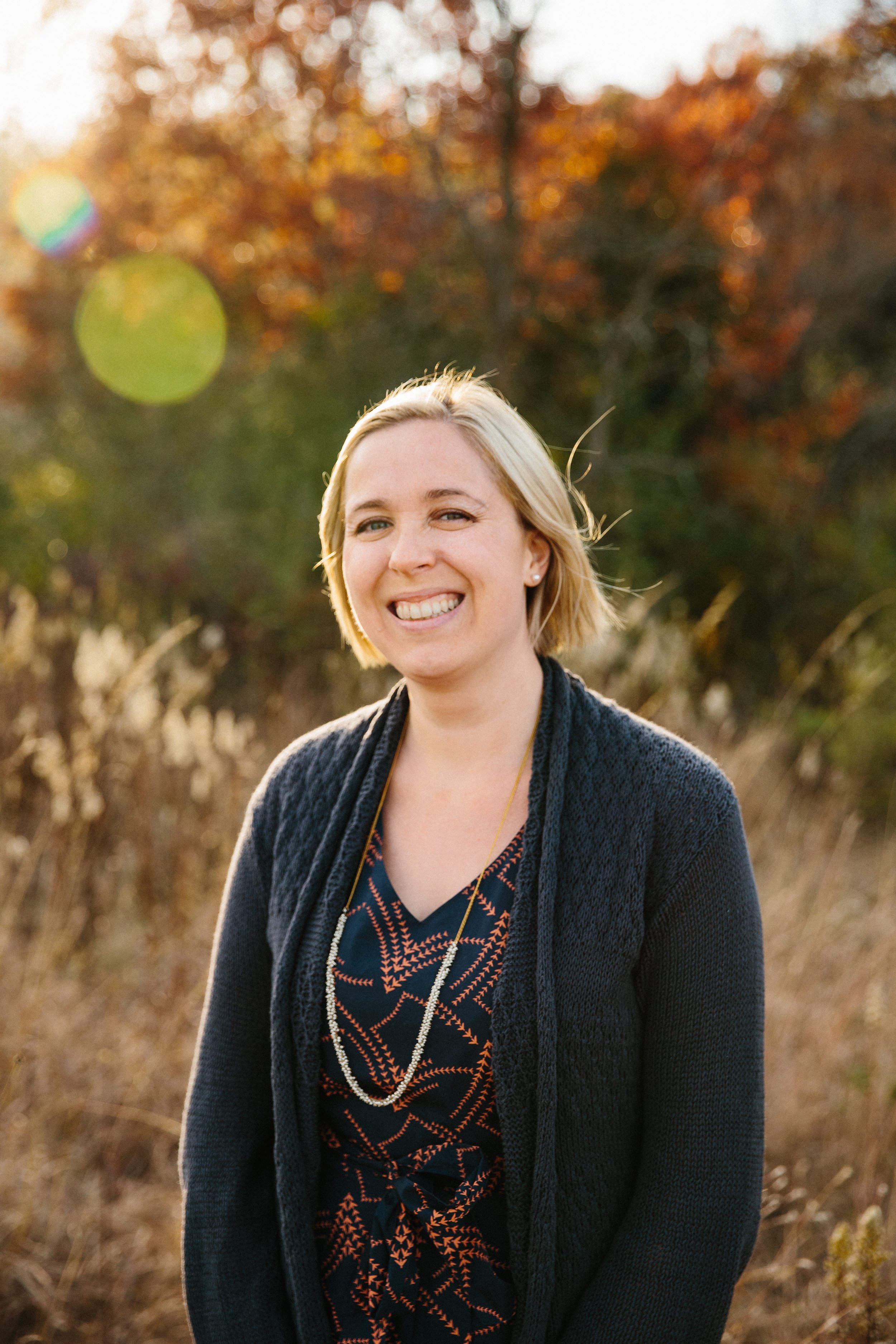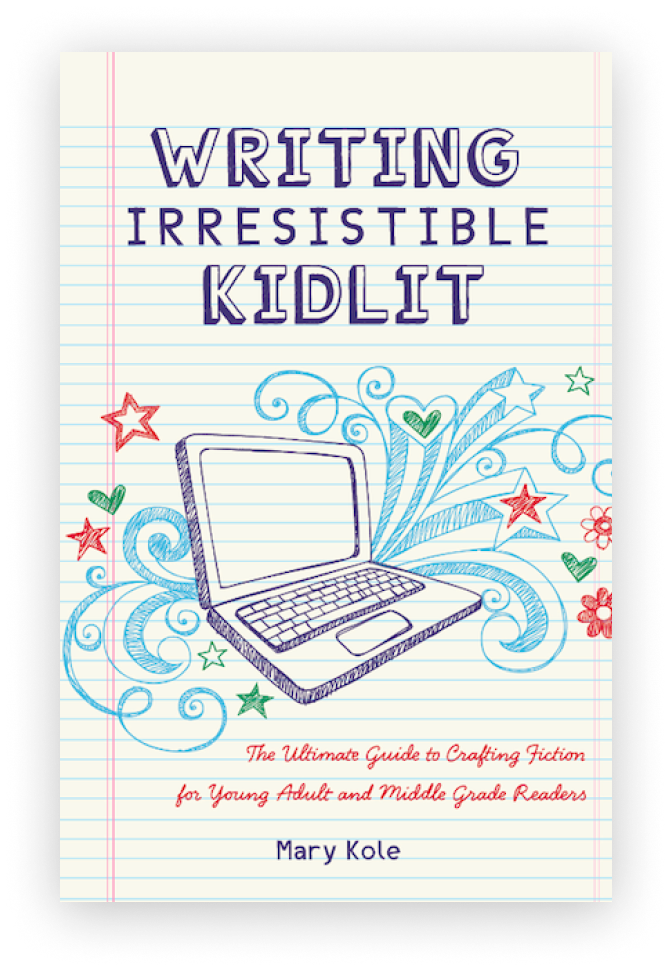How to Write Early Chapter Books
By Mary Kole
Mary Kole is a former literary agent, freelance editor, writing teacher, author of Writing Irresistible Kidlit, and IP developer for major publishers, with over a decade in the publishing industry.
Writing early chapter books is an absolute calling for writers interested in the children’s book market. To get started in this specific category, it’s important that you have a robust idea, that you follow market guidelines for age ranges and word counts, and that you leave room for potential illustrations. It’s also essential to understand the limited market for early chapter books, as it can be tricky to debut in this category. This guide will walk you through the entire process of writing early chapter books, from start to finish.
Creating Your Early Chapter Books Idea
The first step in creating marketable early chapter books is coming up with a great book idea. Make sure that your story is going to be unique and engaging. One way to do this is to go read early chapter books currently on shelves. Once you see what they look and feel like, you’ll be able to generate concepts that are more in line with the market. Think about what kind of story you want to tell and what universal themes you want to touch on that will resonate with your target audience. Consider the very specific chapter book age range for your work, which typically reaches kid readers between six and nine years old. If you are targeting the younger side of this spread, then you’ll want to think about six- and seven-year-old kids, specifically.
Writing Your Early Chapter Books Draft
Once you have your idea fleshed out and maybe even turned into a preliminary story outline, it’s time to start drafting. Make sure to keep your target audience in mind as you are writing and consider their interests, level of understanding, attention span, etc. Keep track of your chapter length and try not to go beyond 500-700 words. Early chapter books exist so that kids can get experience reading independently for the first time, so you are aiming for 5,000 to 10,000 words total, cut into short chapters.
Use language appropriate for young readers—avoid complex words, smart words, overwriting, or adult concepts they may not understand yet—and provide a mix of dialogue and description throughout the story. Though you are targeting young readers, you still want your story to have conflict and tension, but make sure it’s appropriate and tame enough for kid readers. Center your protagonist and their experience on every page, as young readers will want to relate to a strong main character.
Revising Early Chapter Books and Thinking In Illustrations
After completing your first draft, it’s time to revise your manuscript. Read through the entire draft multiple times, looking first for any structural issues that might need your attention, like the plot not making sense or chapters not having enough forward momentum. You will also want to track character development here, as well as giving readers access to the character’s inner life via interiority. If you confuse a reader, you lose them, so the character’s choices and actions need to make sense, both emotionally and in terms of the story. Only after the bigger building blocks of story are set should you turn your attention to a line edit at the sentence level, for things like proofreading and figurative language.
One special consideration of early chapter books is that they can be illustrated. They’ll have full-page illustrations or spot illustrations in most cases. When you’re writing and revising, make sure to leave room for illustration by not describing everything in the text itself. The visuals will do some of that legwork for you. (If you’re aiming for traditional publishing, you don’t need to furnish illustrations yourself or hire an illustrator. If you’re self-publishing, you do need to pay for and commission all of the art.)
The Market for Early Chapter Books and Pursuing Publication
After completing revisions and illustrations (if applicable), research potential literary agents and publishers who work with early chapter books. The market for early chapter books can be a bit smaller than that for picture books or middle grade novels (the two biggest categories that come before and after chapter books, respectively). Houses may only have one or two slots per season for new early chapter books, as many of these lists are full of established series. This can be good news if you successfully place your early chapter books, though—you could get yourself a book series, rather than a standalone.
You’ll want to have the manuscript ready and a query letter all set to go, which pitches your premise. Some agents and publishers will request part of your manuscript, others might want to see the whole thing, since early chapter books can be short. Know that the bigger publishers don’t accept unagented submissions, so you’ll need to secure literary representation unless you approach a smaller house yourself. Be patient as agents and publishers review your work. This can often take months, so patience is one of the most important writer tools you can cultivate.
Writing early chapter books isn't easy—it requires careful planning and consideration at every step of the way. If you’re able to land a coveted spot on a publisher’s list, though, you’ll have the opportunity to inspire a new generation of readers.

Click here to purchase Writing Irresistible Kidlit, my book on fiction craft for MG and YA novels, out from Writer's Digest Books. This will show you my writing craft philosophy and give you lots of valuable advice, including tips for the novel revision process and self-editing. There are over 35 example novels cited and discussed throughout. It’s a valuable resource for any writer’s toolkit.



